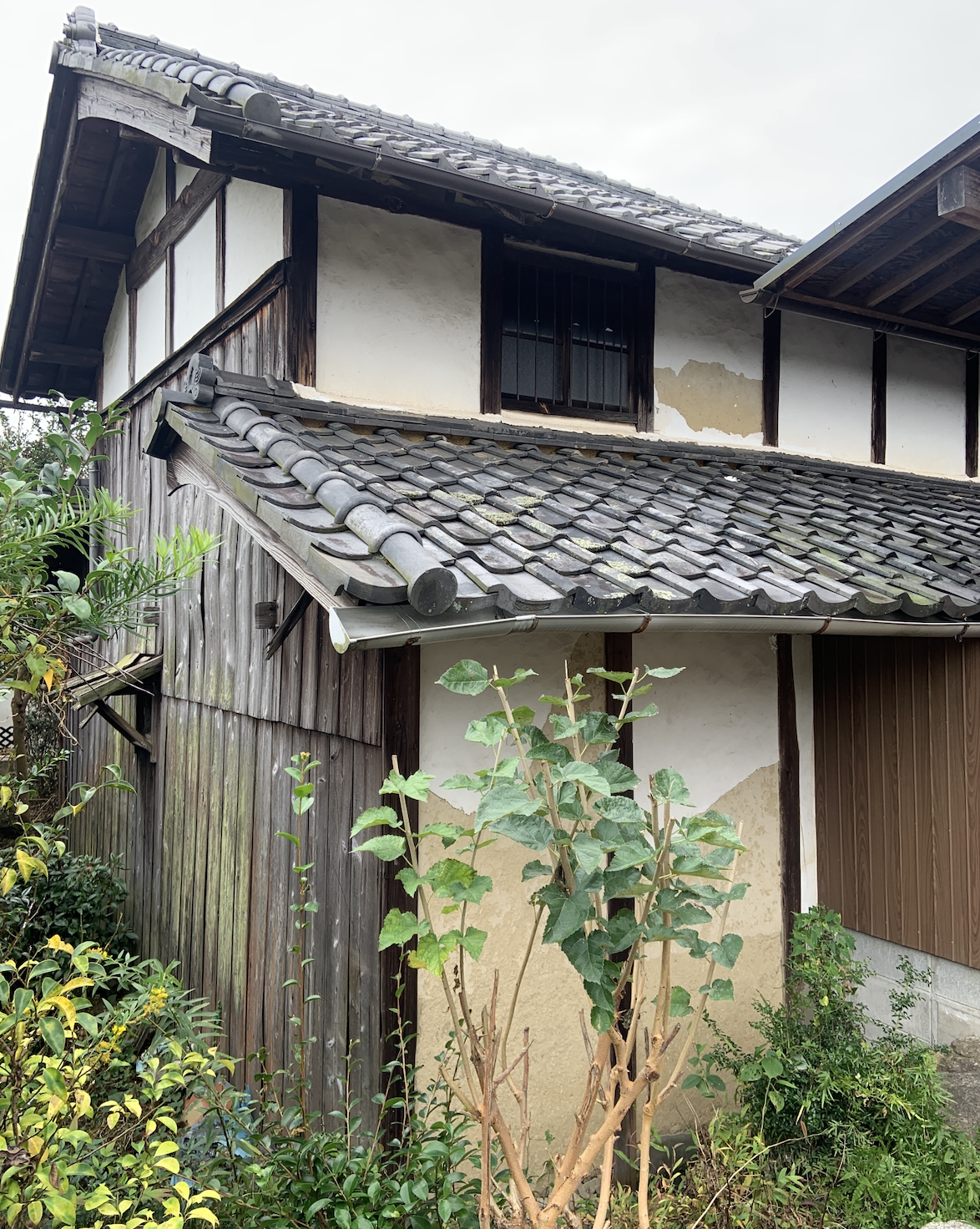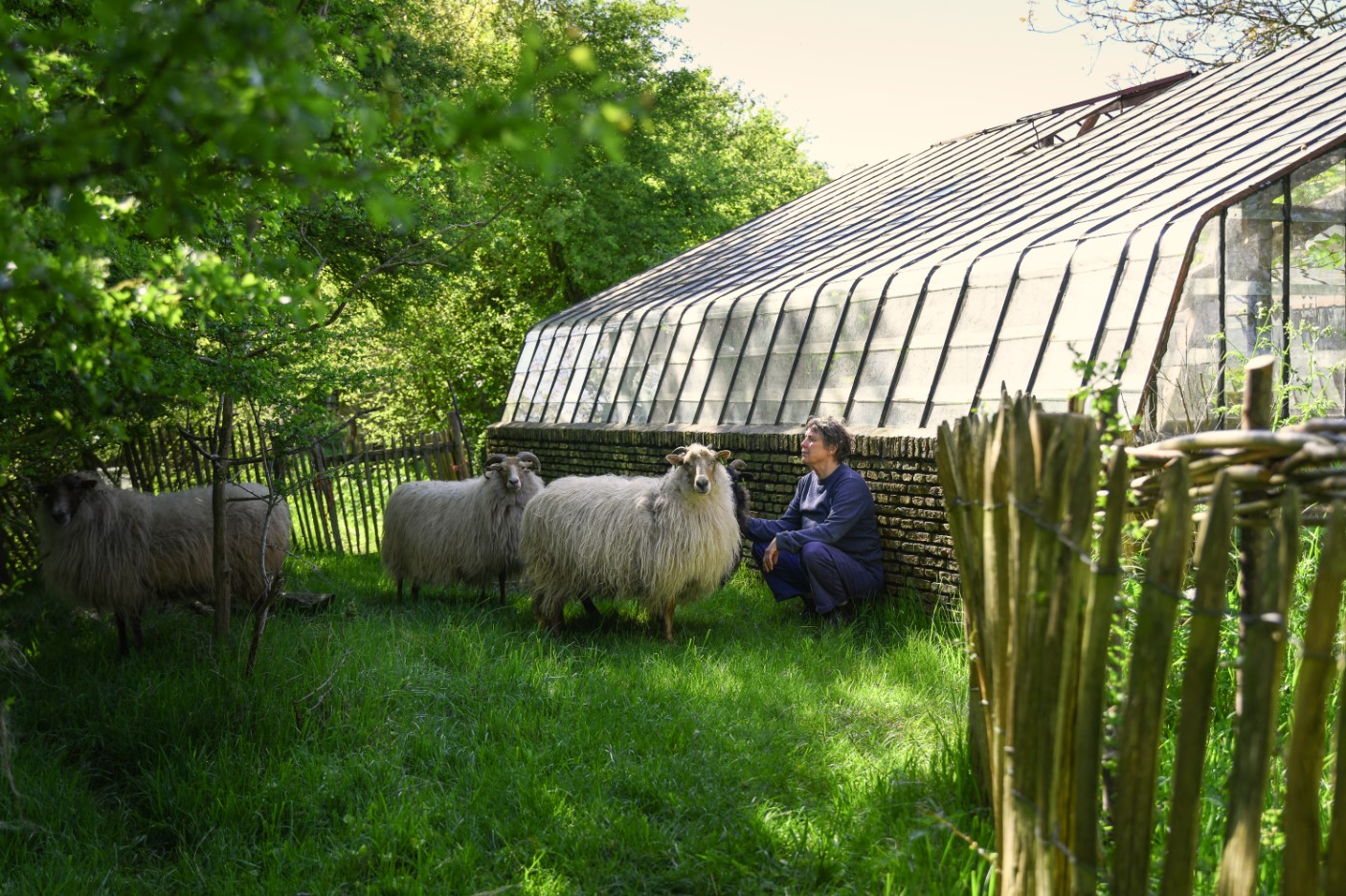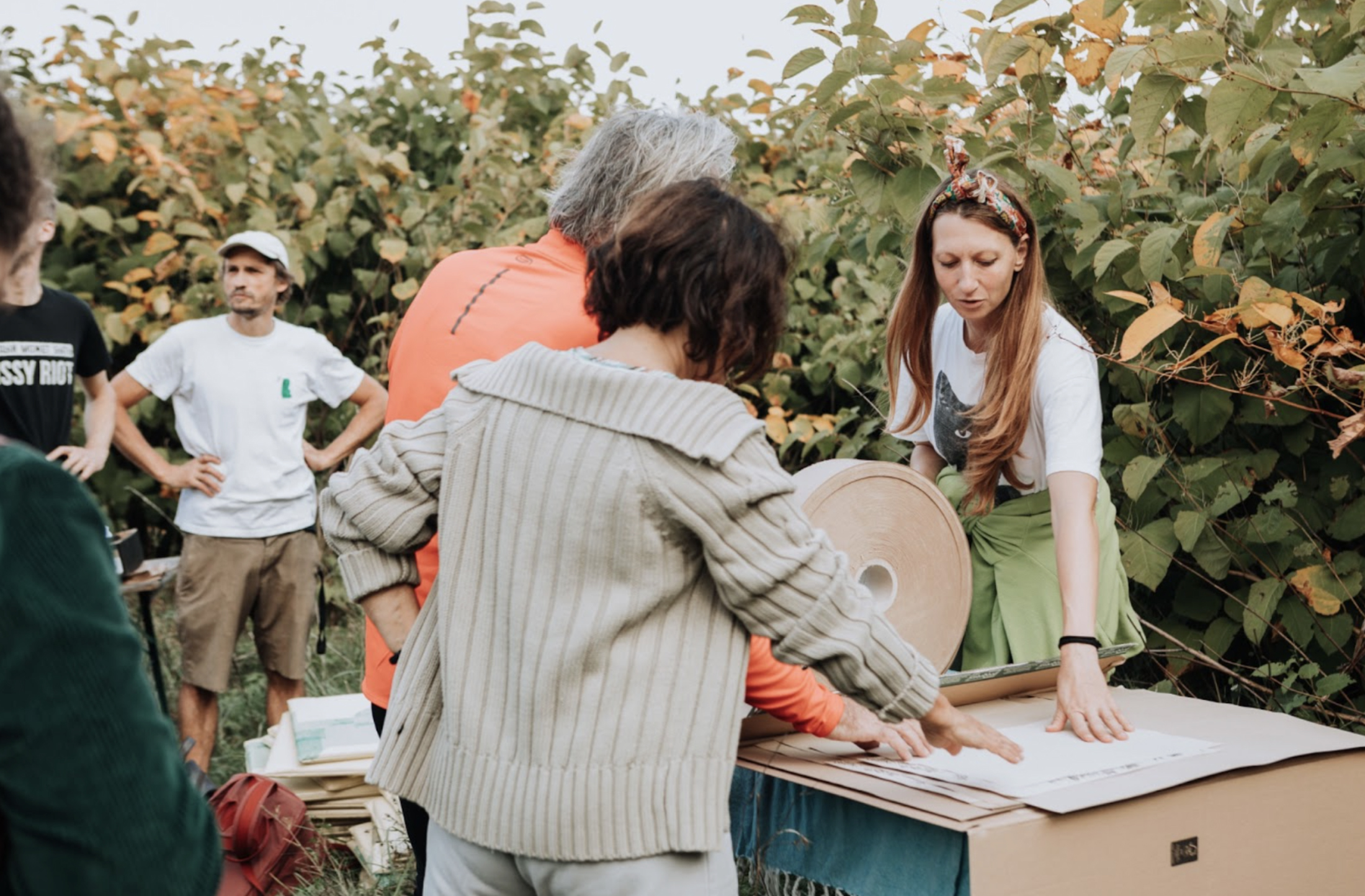The Japanese understanding of housing differs radically from what we know in Europe—for Japanese society, a house is not merely a shelter or an investment, but resembles a transient organism. This outlook stems from a deeply ingrained cultural perception of materiality, closely intertwined with the local environment. Japanese culture has developed within a land that is unpredictable, ever-changing, beautiful, and—given the frequent earthquakes and heavy rains—dangerous. Out of this environment grew spiritual and cultural systems, Shinto and Buddhism, which still shape daily life, the relationship to materials, and architecture. A central philosophical concept is mono no aware (物の哀れ)—the beauty of impermanence. It is a bittersweet awareness that nothing lasts forever. It teaches us to let things flow, age, and transform as a natural part of life. Japanese materiality rests on respect for nature, rather than its control. Natural materials are considered alive: they have character, change over time, age with dignity, and form an emotional bond with humans. The essential elements of traditional Japanese architecture are wood, clay, stone, bamboo, paper, and rice straw. Rather than clinging to their permanence, the Japanese accept that they will one day disappear and return to the natural cycle. Changeability is the essence of life—and in Japan, it is also the foundation of the relationship to materials.
The emergence of disposable houses
It is important to distinguish between traditional and modern architecture. After World War II, Japan—following the Western model—embarked on a wave of mass construction using prefabricated wood, light steel, and synthetic materials. The emphasis was on speed and quantity. Although synthetics have become widespread over the past 70 years, they did not erase deeply rooted cultural attitudes toward natural building. For most of its history—over two millennia—Japan built almost exclusively with natural materials. Today, amid rising environmental awareness, Japanese architecture is once again returning to these traditional values.
The limits of the disposable house model
This way of thinking arises from a combination of Japanese philosophy (acceptance of impermanence) and economics. These houses are designed for a lifespan of approximately 20 to 50 years. Once this period has passed, they are simply demolished and replaced with new ones. Unlike in Europe, where real estate typically appreciates over time, Japanese houses rapidly lose value, and their renovation is often more expensive than building anew. To understand why, we need to look at two levels—cultural and economic.
Culturally, the philosophy of mono no aware plays a key role—Japanese people are raised to accept change, and they believe that neither buildings nor materials are meant to last forever. Added to this is the belief that old houses may be inhabited by spirits or bring misfortune, which lowers their social value.
Economically, several factors come into play. Frequent earthquakes lead to constant tightening of building regulations, which means older houses often fail to meet current standards. As a result, mortgages on them are harder to obtain, and their renovation is financially disadvantageous. On top of this comes an extremely high inheritance tax—up to 55%—which prompts many heirs to sell property rather than keep it. Moreover, after about 30 years, a house is virtually worthless, in sharp contrast to the European notion of real estate value. In Japan, people purchase land, not houses. This model of rapid construction is further enabled by favorable legislation and flexible zoning plans—something Europeans can only dream of.
The sustainability of disposable housing can be considered on multiple levels. What is certain, however, is that it generates an enormous amount of construction waste—over 70 million tons annually. Yet thanks to Japan’s efficient recycling system, as much as 85% of this waste is reused, which is well above the Western average. On the other hand, excessive construction without long-term planning has led to the phenomenon of Akiya (空き家)—the crisis of vacant houses. At present, there are around 9 million such houses in Japan, not only due to the low value of buildings but also demographic decline. Many municipalities now offer abandoned homes for free, simply to attract new residents.
Disposable houses and their side effects
One of the most striking effects of this model is the constantly shifting urban aesthetic. Especially in large cities such as Tokyo, the visual character of neighborhoods can change within a few years. Old structures are almost instantly replaced by new ones. Every couple of decades, architects have the opportunity to respond to the latest architectural trends, which evolve here almost as rapidly as fashion or contemporary art. Compared with European metropolises, whose centers appear unchanged for centuries, this phenomenon is, for me as an architect, a refreshing experience. Japanese cities seem tangible, malleable, plastic, always in motion—organically transforming over time.
How Japan accidentally solved the housing crisis
Europe today faces a profound housing crisis—property prices soar, wages do not, and construction is hindered by legislation and the complexity of permitting processes. Large investors buy apartments to rent out, while ordinary young people lose hope of ever owning a home. Supply is low, demand is high, and the market is increasingly inaccessible. In Japan, however, young people still have a real chance of owning a house. Tokyo is among the most affordable megacities in the world in terms of housing. Thanks to the disposable house model, continuous construction maintains a high supply and relatively low prices. Since houses lose value, they are not particularly attractive to large investors, which leaves space for individuals. Mortgages are more accessible, and young Japanese can own a home earlier than their European peers, and with less debt.
While in Europe property ownership can represent social mobility, in Japan an inherited house can bring debt and problems. The Japanese approach celebrates impermanence—houses naturally depreciate and thus do not serve as lucrative investments. By contrast, in Europe durability is prized, and though property ownership is costly, it tends to generate long-term wealth. Behind all these differences looms a fundamental question: should housing be an investment, or simply a place to live?
%20(2)%20kopie.jpg)
%20(2).jpg)
%20hlinena%CC%81%20stena%20(3).JPG)
%20(1).JPG)



